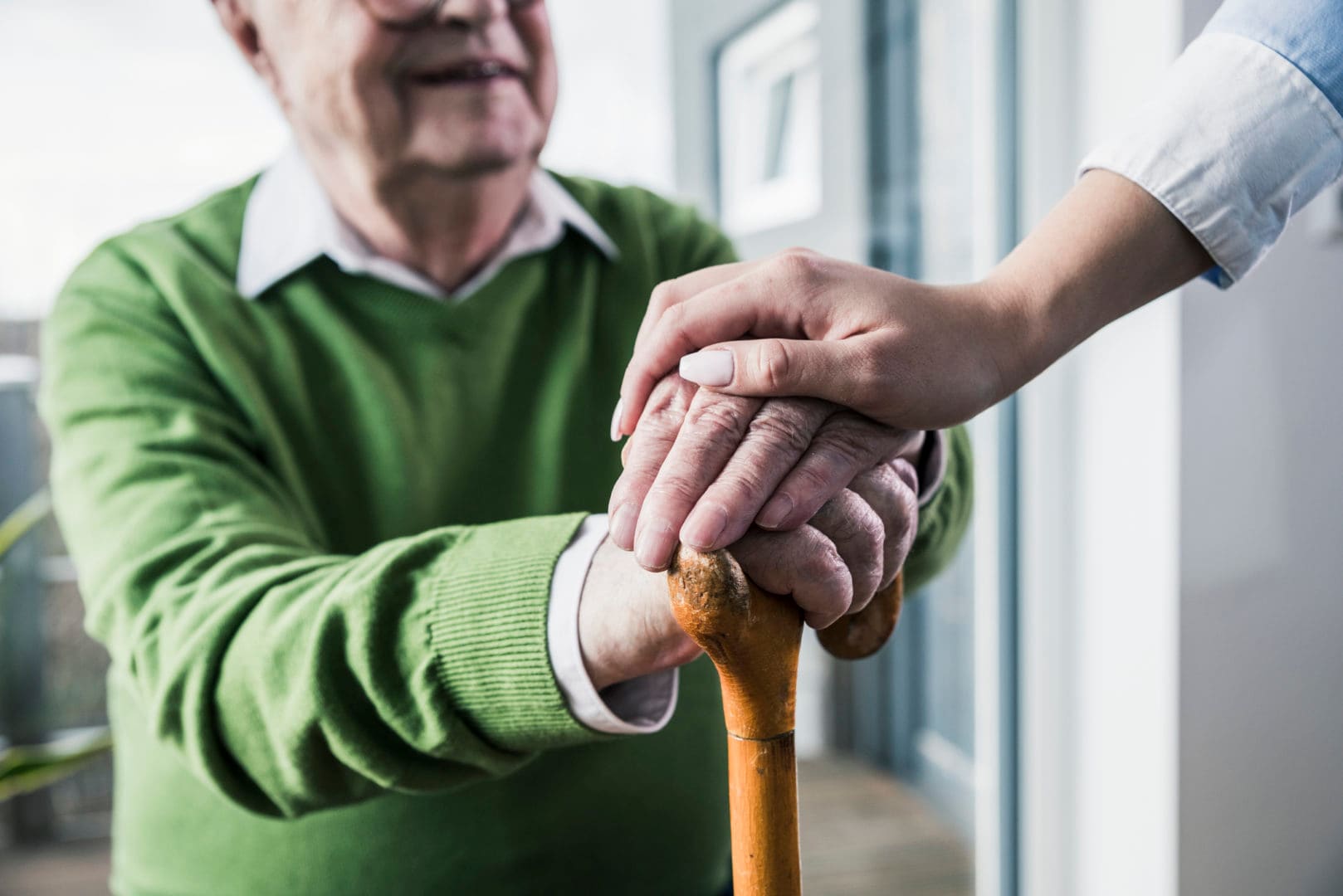When you’re caring for your aging parent or another aging loved one, you may think you can do it all on your own. But for most people, juggling caregiving responsibilities with one’s own needs will eventually lead to major stress and burnout.
This is where respite care comes in. Respite care provides caregivers an opportunity to step away and take a break, which can help alleviate stress and improve the well-being of both the caregiver and the senior being cared for. Whether you have a respite caregiver come to your home or your older loved one goes to a facility, such as an adult day care, taking a break gives you some much-needed personal time while giving you the peace of mind that your loved one is still well cared for.
What is respite care?
Respite care is a service that provides caregivers with relief by temporarily taking over caregiving duties, giving the primary caregiver some time for themselves. It can look very different for everyone and be customized to your unique needs, says Elle Billman, program coordinator of Colorado Respite Coalition. Respite care can be used for anyone with special needs, but it’s ideal for caregivers taking care of a senior, whether their issues are physical, cognitive or both.
“Every relationship needs a break to be healthy, but a lot of the times caregivers are with their loved ones 24/7,” Billman says. “Respite is really bringing in that outside help and support so that the family caregiver can take a step back, knowing their loved one is well-cared for, and so they can take care of their own health needs, socialize with friends and even sleep if the person they’re caring for has sleep disturbances.”
“Every relationship needs a break to be healthy, but a lot of the times caregivers are with their loved ones 24/7.”
ELLE BILLMAN, PROGRAM COORDINATOR, COLORADO RESPITE COALATION
What are respite care options?
Respite care options include private in-home care, drop-off adult day programs, overnight facilities and even recreational activities and outings, Billman says. Depending on your loved one’s needs, you could use respite services to offer company, to help with personal care like bathing or even to provide medical assistance.
Using respite care regularly provides the most positive benefits, Billman says, but caregivers can use it however much they’d like. She’s found that some people only use it one day a month, while others use it a few times a week so they can get grocery shopping done and have some social time outside of the house.
When Maureen Solis’ father died five years ago, she and her siblings knew they needed to hire someone to help care for their aging mother in Corpus Christi, Texas. They currently have respite caregivers come to their mother’s home for three to four hours every day to spend time with her, and Solis and her siblings fill in the rest of the time.
While they initially hoped to find someone to take their mother to doctor appointments, perform housework and run errands, “the fees for that type of service are astronomical, so we hired more of a companion,” she says.
Solis and her siblings work as a team and help take care of housekeeping, lawn care, grocery shopping, financial management and doctor’s appointments. The respite caregivers help with basic tasks, such as preparing food, being present during bath-time to ensure safety and entertaining Solis’ mother.
How to find respite care
Respite care can improve general well being of the loved one, but it’s often underutilized, Billman says. This may be because caregivers don’t know where to find respite care or they prioritize other services.
Many states have respite coalitions, like the one Billman works for. So, for starters, she recommends checking to see if your state has an organization like this, which can refer you to the best services in your area. Another place to look is your local area agencies on aging or your county senior services. They often have respite resources and sometimes even have vouchers to make it more affordable, Billman says. And, of course, you can also find individual respite caregivers for seniors on Care.com.
Costs of respite care
The costs of respite care can vary widely, especially depending on the type of program you decide to use. Billman notes that typically day programs or group respite services outside the home are usually the most affordable. Here’s a breakdown of national averages, according to a 2021 Genworth survey:
- Adult day care: $78 a day.
- In-home care, such as home health aides: $169 a day.
Also, keep in mind, as Billman notes, you can usually save money if the services are covered through Medicare or Medicaid.
How respite care helps everyone
Respite care has numerous benefits — both for the caregiver and the senior being cared for. Caregiving can be rewarding and joyful, Billman says, but it’s also demanding on one’s time and can lead to burnout.
“Respite care has been shown to support maintaining marriages and family units, allowing families to stay connected to their communities by having that extra time to maybe go volunteer or participate in a community activity,” she says.
“Respite care has been shown to support maintaining marriages and family units, allowing families to stay connected to their communities by having that extra time to maybe go volunteer or participate in a community activity.”
ELLE BILLMAN, PROGRAM COORDINATOR, COLORADO RESPITE COALATION
Taking respite lets the caregiver take care of themselves and get refreshed, which helps them provide better care to their loved one, reducing risk of abuse or neglect, she adds.
Respite care also benefits both parties when it comes to socialization, especially if the caregiver and loved one are stuck at home together 24/7.
“The loved one might want someone else to talk to or be with a group of their peers who have similar interests,” Billman says. “I think that piece is really huge in making the person who is receiving care not feel so isolated, and that can help to reduce their emergency room visits and health emergencies, as they’re being better cared for with more eyes on the scene. Since the caregiver will come back more refreshed, they’re able to pick up on those pieces a little more.”
Sometimes caregivers are reluctant to use respite care because they don’t think anyone else can take as good of care of their loved one, or they feel guilty leaving the senior.
“Yes, they know their loved one in and out, but being able to take that break will rejuvenate everybody,” Billman says. “You’ll to be able to come back and have quality of care increase and the connection can build. It can even spark new conversations together, like, ‘What did you do today? I wasn’t with you all day.’”






